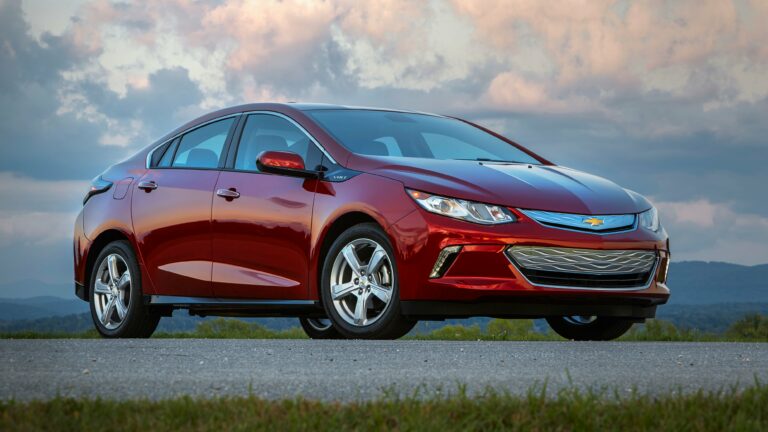Extended-Range EV Hybrids: A Revival in the Automotive Industry
The automotive landscape is witnessing a resurgence of extended-range electric vehicles (EVs) as hybrid sales continue to rise. Several automakers are revisiting this technology, which was previously seen in models like the discontinued Chevrolet Volt.

Extended-range EVs combine the benefits of electric vehicles with the range-extending capability of an internal combustion engine. This technology addresses one of the primary concerns associated with EVs: range anxiety. By incorporating a gasoline engine that generates electricity to charge the battery when it’s depleted, extended-range EVs offer the flexibility of long-distance travel without the need for lengthy charging stops.
The Chevrolet Volt, though discontinued, was a pioneer in this technology. It featured an electric motor powered by a battery that could be charged from an external power source. When the battery was depleted, a gasoline engine kicked in to generate electricity, thereby extending the vehicle’s range.
The revival of interest in extended-range EVs is largely driven by consumer demand for more flexible and practical electric vehicles. As hybrid sales rise, manufacturers are responding by revisiting and refining this technology to offer consumers more options that balance environmental concerns with the practicalities of long-distance driving.
While the technology is making a comeback, it’s being refined to meet current regulatory standards and consumer expectations. Modern extended-range EVs are expected to be more efficient, environmentally friendly, and cost-effective than their predecessors.
As the automotive industry continues to evolve, the role of extended-range EVs is likely to become more significant. They represent a bridge between traditional internal combustion engine vehicles and fully electric vehicles, offering a compromise that could appeal to a broad range of consumers.



